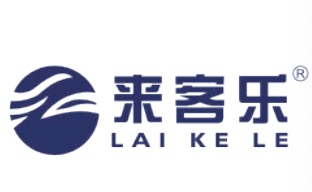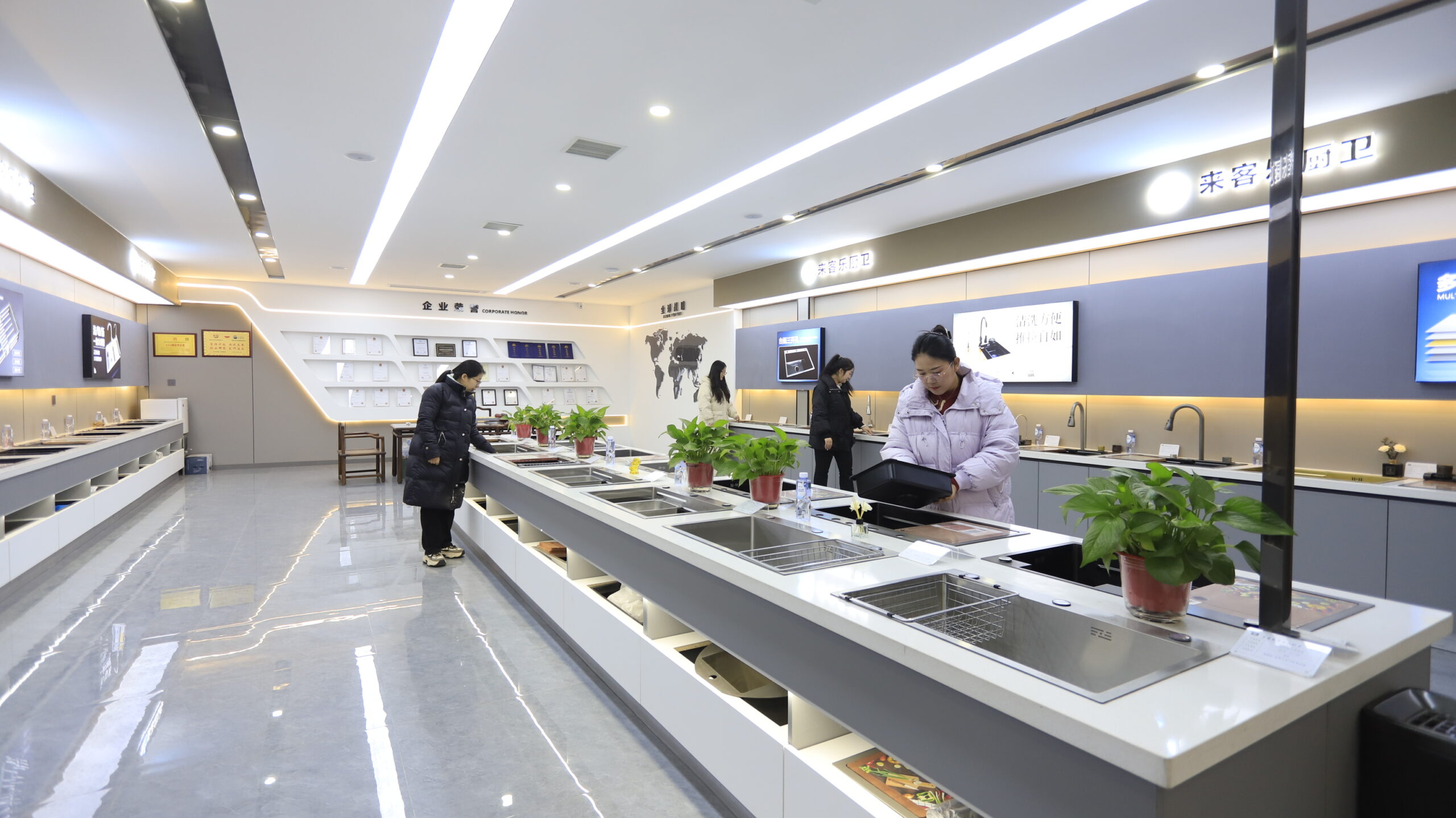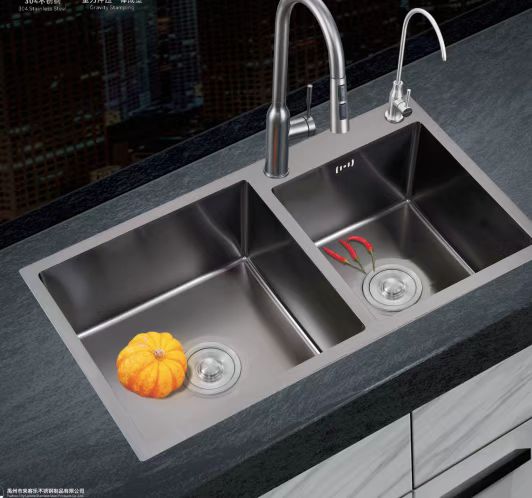Drop-in mount vs. Undermount Sinks: Which is More Suitable for Stainless Steel Kitchen Sinks?
**Overmount vs. Undermount Sinks: Which is More Suitable for Stainless Steel Kitchen Sinks?**
In the realm of kitchen design, the choice between overmount and undermount sinks is a pivotal decision for both manufacturers and consumers. When it comes to stainless steel kitchen sinks, this choice affects not only aesthetics but also functionality and installation. For B2B clients making bulk purchases, understanding the nuances of each style is crucial.
**Understanding the Basics: Overmount vs. Undermount**
Overmount sinks, also known as drop-in sinks, are installed with the rim resting on the countertop. This traditional style is often favored for its ease of installation and suitability with a variety of countertop materials. On the other hand, undermount sinks are installed beneath the countertop, offering a seamless look by highlighting the countertop edges.
**Considerations for Stainless Steel Sinks**
Stainless steel is celebrated for its durability, resistance to stains, and modern aesthetic. These qualities make it an excellent choice for both overmount and undermount styles. However, the decision should be influenced by several key factors from a B2B perspective:
1. **Installation Complexity and Cost:**
– **Overmount:** Simplicity in installation makes overmount sinks generally more cost-effective. Less skill and time are required compared to undermount options, potentially reducing labor costs for large-scale projects.
– **Undermount:** While providing a sleek, contemporary look, undermount sinks require precise installation, often necessitating skilled labor and specialized mounting hardware, increasing overall costs.
2. **Aesthetic Preferences:**
– **Overmount:** Offers a versatile look that works well with traditional and casual design styles. The visible rim can introduce design versatility, accommodating decorative edges or unique finishes in stainless steel.
– **Undermount:** Preferred for modern, minimalist designs. The uninterrupted countertop flow appeals to those seeking luxury aesthetics, often seen in high-end markets.
3. **Maintenance and Hygiene:**
– **Overmount:** The rim provides a barrier that can trap dirt and grime, potentially increasing maintenance. However, stainless steel’s easy-to-clean nature mitigates this issue.
– **Undermount:** Promotes easier cleaning with no exposed rim to catch debris. Stainless steel’s corrosion resistance aligns well with undermount designs used in moisture-rich environments.
**Market Insights: Catering to Consumer Preferences**
For manufacturers and sellers, knowing the target market is key to determining the best approach. High-volume builders and budget-focused markets might opt for overmount stainless steel sinks due to reduced costs and simpler installation processes. Overmount designs can also accommodate thicker or ornate countertop materials without complicated adjustments.
Conversely, high-end residential projects and consumers with a preference for seamless aesthetics might lean towards undermount stainless steel options. The modern allure of undermount sinks aligns with premium housing developments where design and innovation are core selling points.
**Case Study: Responding to Market Trends**
A leading provider of stainless steel sinks observed increased demand for undermount designs in urban housing developments where minimalist trends dominated. By investing in precision manufacturing techniques that simplified undermount installation without compromising quality, they were able to capture significant market share, showcasing adaptability and trend-awareness.
**Conclusion: Making Informed Decisions**
Ultimately, the choice between overmount and undermount stainless steel sinks should reflect practical considerations, aesthetic desires, and market demands. For B2B entities, understanding these dynamics enables better product offerings to satisfy diverse customer needs.
Both options offer unique advantages, and the superior material qualities of stainless steel promise durability and style regardless of choice.
**Open Question:**
As kitchen design trends continue to evolve, how might technological advancements in installation methods influence the popularity of overmount versus undermount stainless steel sinks?
This question invites industry stakeholders to consider future innovations that could redefine installation ease and design preferences, thus shaping market expectations.


